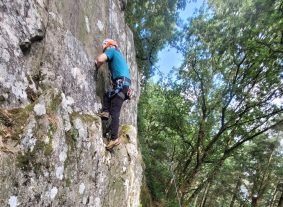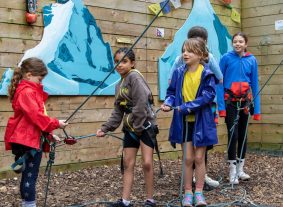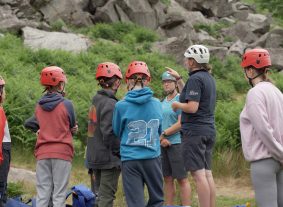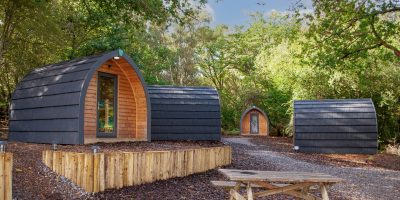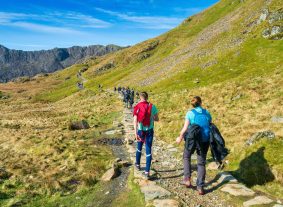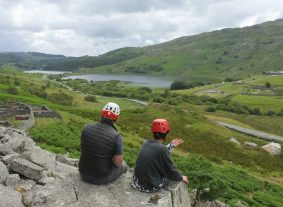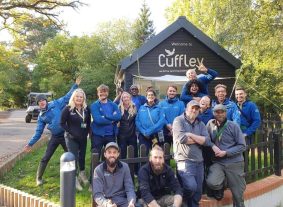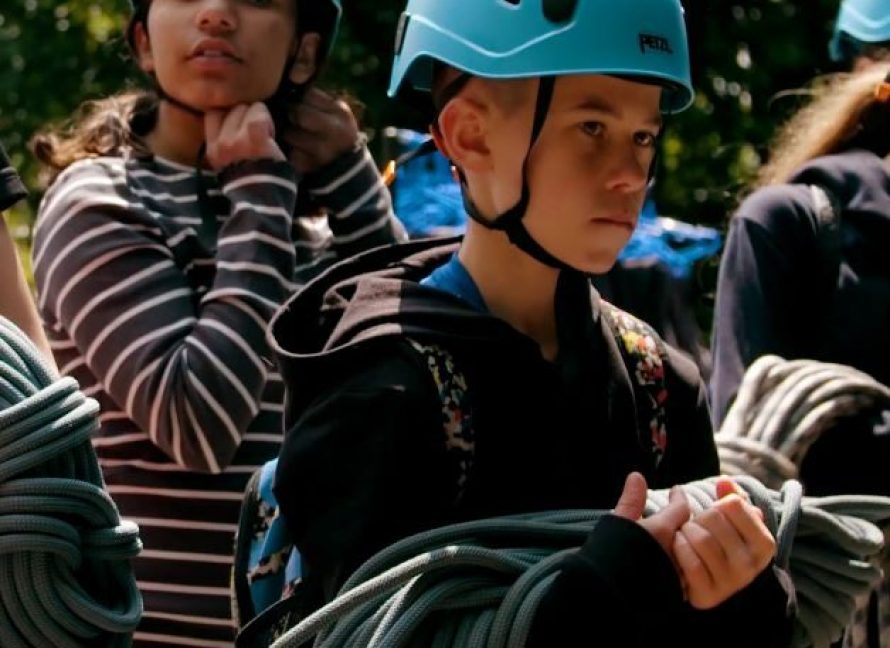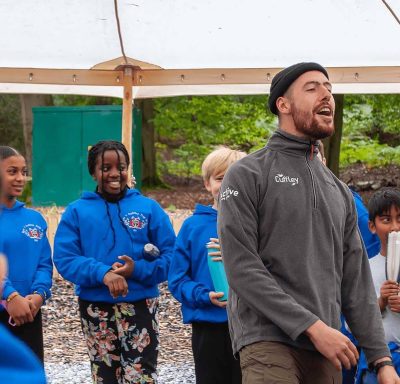Module Code: content-paragraph
Outdoor adventure activities are a fantastic way to engage students in active learning while fostering personal growth and team-building skills. These hands-on experiences help students develop resilience, leadership, critical thinking, and confidence—all while having fun outside the classroom.
1 Gorge Scrambling
Gorge scrambling is an exhilarating mix of climbing, swimming, and scrambling through river gorges. It challenges students to navigate natural obstacles like waterfalls and rocky ledges. This activity promotes problem-solving, physical endurance, and teamwork, as students help each other through tricky spots. It’s a unique opportunity for young people to connect with nature in a dynamic environment, testing both their courage and agility.
Module Code: content-image
Module Code: content-paragraph
2 Mine Exploration
Delving into historic mines offers a fascinating way for students to learn about geology, history, and even engineering. With helmets and headlamps, students explore dark underground caverns, learning about the mining process, local history, and the environmental impact of industry. The sense of discovery and adventure in a mine exploration builds curiosity and encourages students to reflect on the importance of resource management and sustainability.
Module Code: content-image
Module Code: content-paragraph
3 Hiking
Hiking is a classic outdoor activity that blends physical exercise with environmental education. Whether students are hiking up a mountain or trekking through a forest, they engage with their surroundings in a way that fosters mindfulness and environmental stewardship. Hiking encourages resilience as students work through physical challenges and builds an appreciation for nature’s beauty. Plus, it’s a great opportunity to introduce or reinforce lessons in geography and biology.
Module Code: content-image
Module Code: content-paragraph
4 Coasteering
A thrilling combination of swimming, jumping, and climbing along the coastline, coasteering pushes students out of their comfort zones in a controlled, safe environment. It helps them build confidence as they navigate rugged shorelines, jump into the ocean from cliffs, and swim through sea caves. Coasteering develops physical coordination, decision-making, and courage, giving students a sense of accomplishment as they conquer natural obstacles.
Module Code: content-image
Module Code: content-paragraph
5 Surfing
Surfing teaches more than just balance on a board. It requires persistence, patience, and focus as students learn to read the waves and time their movements. Even in early stages, surfing develops core strength, coordination, and stamina. Beyond the physical benefits, surfing connects students to the ocean, sparking interest in marine conservation and fostering an appreciation for our planet’s ecosystems.
Module Code: content-image
Module Code: content-paragraph
6 High Ropes
High ropes courses are excellent for building trust, communication, and resilience among students. Navigating obstacles high above the ground requires mental focus and courage, encouraging students to push through fear and anxiety. This activity builds a sense of accomplishment and self-confidence, while fostering team spirit as classmates cheer each other on or assist from the ground. High ropes can be a powerful metaphor for overcoming challenges in academic and personal life.
Module Code: content-image
Module Code: content-paragraph
7 Orienteering
Orienteering combines outdoor adventure with map-reading and navigation skills. Armed with a map and compass, students must work in teams to find checkpoints scattered across a landscape. It teaches spatial awareness, problem-solving, and critical thinking while promoting teamwork. Orienteering also links directly to geography and STEM subjects, making it an ideal way to combine physical activity with academic learning.
Module Code: content-image
Module Code: content-paragraph
8 Assault Courses
Assault courses are dynamic, multi-element challenges that push students to their physical and mental limits. These courses often include crawling under nets, climbing over walls, balancing on beams, and navigating through mud or water obstacles. Assault courses require students to think on their feet, work as a team, and demonstrate resilience when faced with difficult tasks. They teach valuable lessons in perseverance, adaptability, and collaboration, as students must often rely on each other’s strengths to complete the course.
Module Code: content-image
Module Code: content-paragraph
9 Target Sports
Target sports like archery or axe throwing teach students focus, precision, and patience. These activities encourage concentration and hand-eye coordination, which can be applied to many areas of study. The instant feedback from hitting or missing a target helps students practice goal-setting and persistence, and it can also help foster a sense of personal responsibility as they learn to handle equipment safely.
Module Code: content-image
Module Code: content-paragraph
10 Climbing Wall
A climbing wall activity is ideal for teaching problem-solving, persistence, and self-discipline. As students plan their route up the wall, they develop spatial reasoning and decision-making skills. Climbing also requires determination and perseverance, especially when dealing with challenging routes. Like high ropes, it builds both individual confidence and group encouragement as students cheer one another to the top.
Module Code: content-image
Module Code: content-paragraph
Why Outdoor Adventure Learning Matters
Outdoor adventure activities provide unique and impactful ways to complement traditional classroom learning. These hands-on experiences allow students develop essential life skills. The physical challenges help boost self-esteem, teamwork, and problem-solving abilities, empowering students to become more resilient learners. By stepping outside the classroom and into the wilderness, students gain fresh perspectives on their capabilities, learn to work collaboratively, and develop a deeper connection with the natural world.
